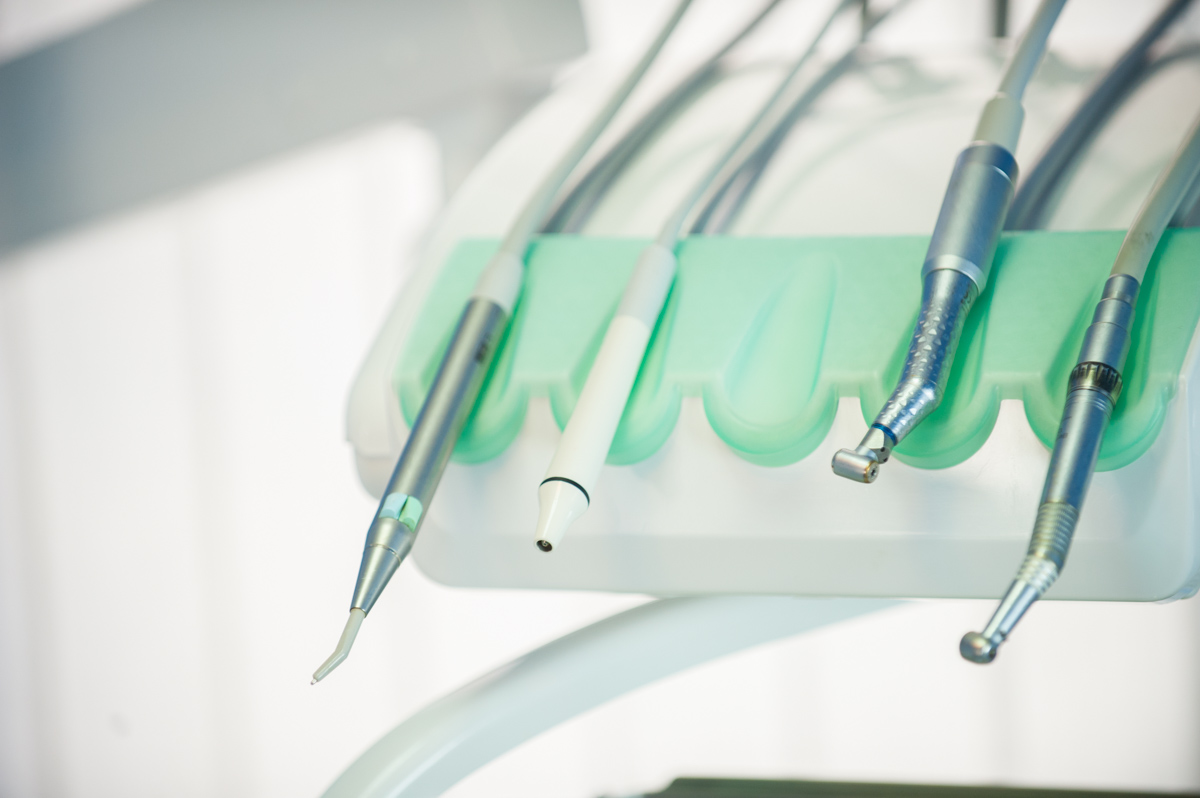 Pubblicazione dei miei lavori al Collegio dei Docenti in Odontoiatria tenutosi presso il Centro Congressi Lingotto di Torino dal 12 al 14 Aprile 2012.
Pubblicazione dei miei lavori al Collegio dei Docenti in Odontoiatria tenutosi presso il Centro Congressi Lingotto di Torino dal 12 al 14 Aprile 2012.
Poster presentato in collaborazione con l’Università Degli Studi Di Bari-Aldo Moro
ATTI DEL CONGRESSO:
IMPLANT SUPPORTED CAM-CAD BAR RETAINED OVERDENTURE IN PATIENTS WITH EDENTULOUS MAXILLA: A PRELIMINARY REPORT
Palminteri Andrea(1)-Ripa Michele(1)-Altamura Dario(1)-Stefanachi Gianluca(1)-Corsalini Massimo(1)–Marolla Fabio(1)D’aniello Simone(1)
Università Degli Studi Di Bari – Aldo Moro, Policlinico Di Bari, Bari, Italia (1)
- BACKGROUND The consumption of simple carbohydrates, smoking, the diffusion of systemic diseases such as diabetes, which negatively impact on dentoperiodontal health, have contributed to increase the prevalence of edentulous subjects in theworld’s populationin the last years. Considering also the lengthening life expectancy we can affirm that universities, research institutes, industries and dental professionals will be involved to develop new rehabilitation techniques that meet geriatricpatient’s expectations, and than minimally invasive, easy to realized, affordable and versatile. The aim of the present study is to offer a critical re-evaluation of implant supported CAM-CAD bar retained overdenture in patients with edentulous maxilla.
- MATERIALS AND METHODS Three geriatic patients with edentulous maxilla were treated with 4 two-steps cylindrical,internal connection, sandblasted and threaded surface titanium implants, length 9,5 to 13 mm and diameter 3,4 to 3,8 mm. The two distal implants were placed in 1.5 area while the two central in 1.2-2.2 area. After an healing period of 2 months the implant were exposed, was taken an implant impression with pick-up technique and developed an implant-supported CAM-CAD titanium bar. Thus, it was made a bar overdenture.
- DISCUSSION The CAM-CADtitanium bar offers a passive and tension-free fit and a micrometer precision lower than 10μm. It can be used on any implant interface with an excellent predictability of results. The CAM-CAD overdenture bar allows a simplified and aesthetically advantageous rehabilitation and helps correct pronunciation. It is a semi-fixed solution and then permits the patient to maintain a good house hygiene. It is a complete implant-supported solution, than it reduces the edentulous ridge bone reabsorption and removes palate resin from prosthetic design with greater comfort and minimal emetic reflex.
- CONCLUSIONS The maxillary CAM-CAD bar overdenture is indicated for patients who need more retention and stability of the prosthesis. It also offers a cheaper solution than a fixed rehabilitation. Thanks to its versatility, the overdenture can be used even on severely reabsorbed maxilla, avoiding more invasive procedures like GBR and great sinus lift.
- BIBLIOGRAPHY
J Esthet Restor Dent. 2002;14(4):208-16. The milled bar-retained removable bridge implant-supported prosthesis: a treatment alternative for the edentulous maxilla. Tipton PA. World Health Organization, Geneve, 2003 Continuous improvement of oral health in the 21° century. The approach of the WHO global oral health program Petersen P.E.
Int J Comput Dent. 2002 Jan;5(1):11-23. Function and clinical application of dental CAD/CAM “GN-1”. Hikita K, Uchiyama Y, Iiyama K, Duret F.
Oral Health. 1997 Mar;87(3):17-20, 23-4, 26-7. CAD/CAM in dentistry. Preston JD, Duret F.
Actual Odontostomatol (Paris). 1991 Sep;45(175):431-54. Dental CAD-CAM six years after the frist presentation at the 1985 A.D.F. Congress. Duret F.


